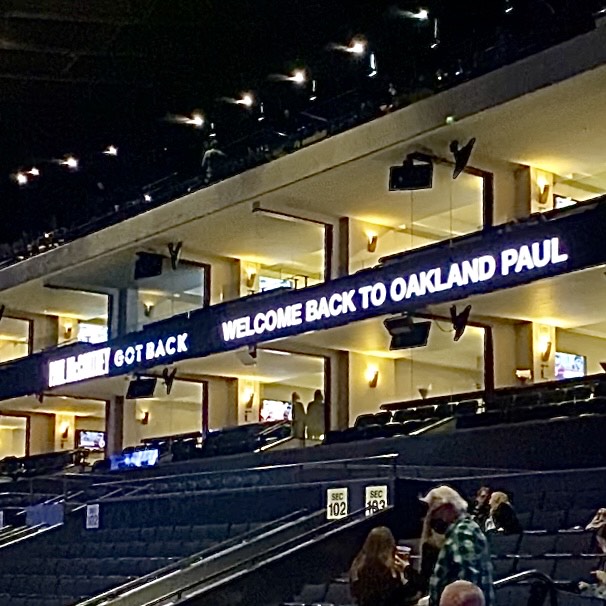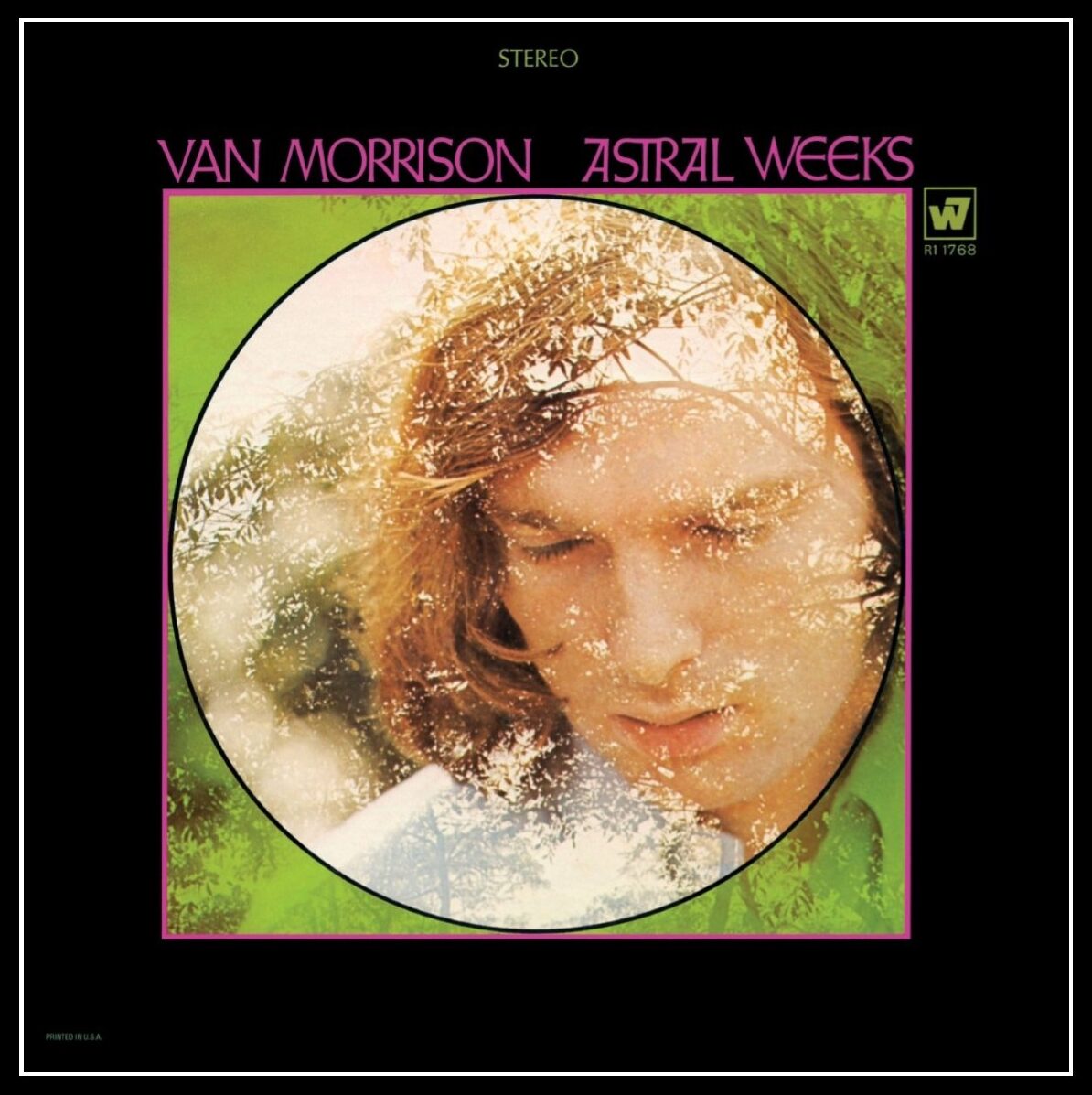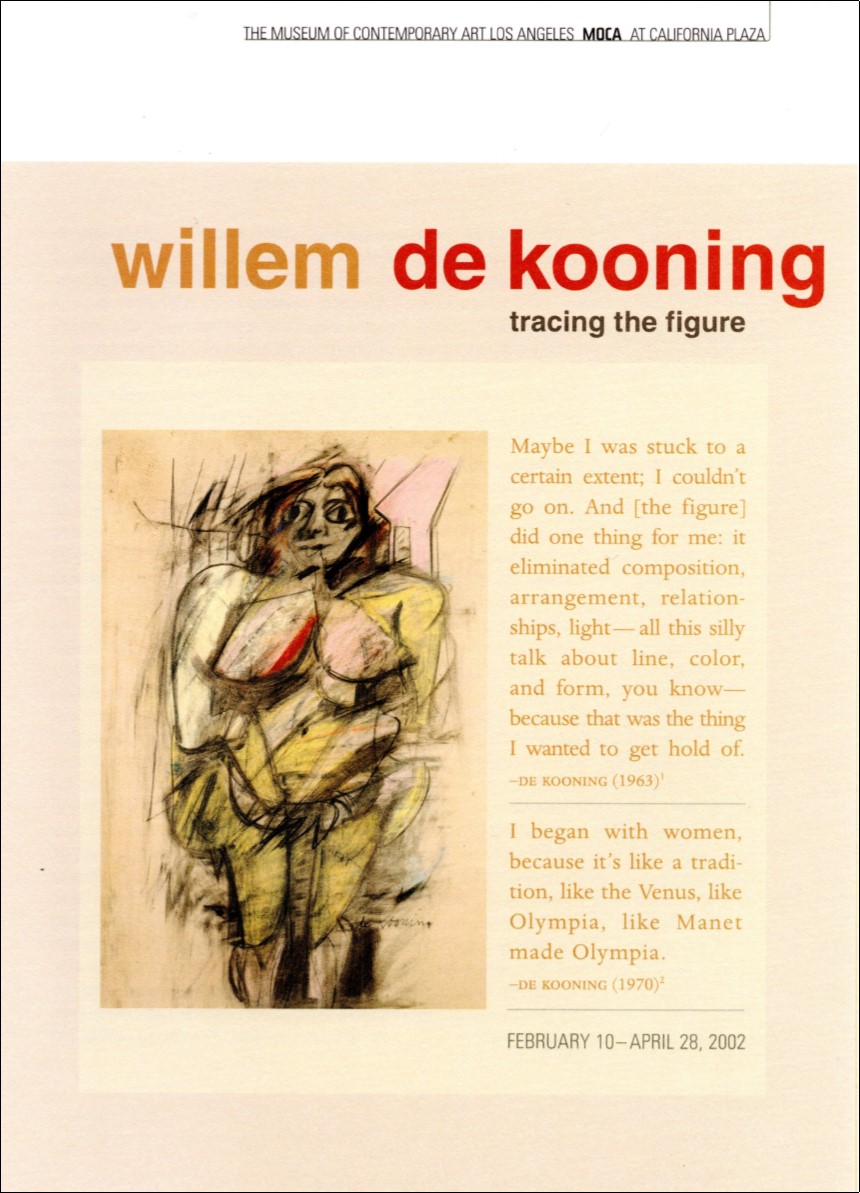As a youngster not yet in kindergarten, my heroes were Rembrandt, Charles Schulz, Neil Armstrong, and Paul McCartney. Rembrandt died about three hundred years before I was born, but I have walked the world for most of my life along with the other three. Schulz passed away in 2000 and Armstrong took that giant leap in 2012, leaving Sir James Paul McCartney the last man standing.
My life roughly coincides with McCartney’s time in the spotlight. About six months after The Beatles’ first appearance on the Ed Sullivan Show, I was born in Sacramento, California. On the same day, across the country in New York City, The Beatles and Bob Dylan met for the first time.1 Maybe I sensed something exciting was going on in the outside world and decided it was time to make my entrance.
My mother enjoys telling about how one day when I was three or four, she was in the kitchen and heard me in the next room singing to myself. When she stopped what she was doing and listened, she heard the words “It’s a dirty story of a dirty man/And his clinging wife doesn’t understand….” She was surprised and amused, but simply went back to the task of washing the dishes. “Paperback Writer” is still one of my favorite songs. A few years later, just four months after its release, I received McCartney’s self-titled solo debut for my sixth birthday.2 I remember being at my grandparents’ house when it was given to me by, I believe, an aunt or my grandmother. Since the mid-1970s, I’ve been buying his records myself as they have come out, and each of those albums has the ability to take me back to where I was in my life upon its release.

A few weeks ago, I attended the first of two McCartney shows at Oakland Arena on his Got Back US Tour. It was my sixth McCartney concert; the first was in Berkeley at Memorial Stadium in 1990, which was something I’d waited my whole life to experience. The seconds before he walked onto the stage were really quite overwhelming. That feeling hasn’t subsided over the thirty-two intervening years and five subsequent shows – I’ve never been disappointed. Of course I have favorite songs, ones I would prefer to hear over others; some of them were hits (e.g. “Get Back,” “Jet,” “Junior’s Farm”), some were not (e.g. “The Back Seat of My Car,” “Old Siam, Sir,” “House of Wax”). Some I’ve seen him perform, others I haven’t. However, I’m not one to quibble over setlists, I’m just happy to see him and his band do their thing. McCartney’s catalogue is so vast3 it would be impossible for him to do all the hits, let alone everyone’s favorite album cuts, but in his nearly three-hour sets, he covers a lot of ground, and always plays at least a few songs I haven’t seen him do on previous tours.
McCartney has given countless interviews in which he’s spoken about the inspirations for various songs. His method of abstracting, masking, and combining his experiences and concepts, molding them into songs, has informed my own process. When I first started painting in the mid-’80s, The Beatles’ “Penny Lane”/”Strawberry Fields Forever” single was a touchstone for taking specific personal memories and altering them into evocative images to which audience members could ascribe their own meanings. Although many of the ideas for my work stem from events in my life, I don’t have, nor have I ever had, an interest in making narrative autobiographical paintings. I’m very thoughtful about my work, and strive for a multiplicity of ideas in each piece, but prefer the finished pieces be open-ended. I am uncomfortable discussing what the work is “about” and am hesitant about revealing the specifics of its origins. Fortunately for me, McCartney has been open about the development of his work, as many of the songs I appreciate the most are ones for which I know the initial ideas and can see how they were transformed into something much different. He continues to be a hero.
Paul McCartney will turn eighty years old in a few weeks, on the 18th of June. I’ll raise a glass and drink to him, drink to his health.
1 Dylan introduced The Beatles to marijuana that day. Although the Fabs wouldn’t try hallucinogens for a couple more years, they were already familiar with amphetamines, in the form of the diet pills they took to keep their energy up while playing long nights in the clubs of Hamburg. Speed was never McCartney’s cuppa tea. Pot, however….
2 I still have that record. Up until relatively recently, it was my only vinyl copy. Several years ago, I purchased a Taiwanese version, issued in a paper sleeve instead of a cardboard jacket. Linda McCartney’s compelling “spilt bowl of cherries” cover photo is badly reproduced in black and white, sadly depriving the viewer of the striking color of the fruit. I bought it because it was cheap and it’s peculiar.
3 Thirteen Beatles studio albums, twenty-six solo and Wings studio albums, plus all the live albums, classical recordings, and odd (some of them really odd) releases.



![Francis Bacon: Three Studies of the Human Head [Right panel] (1953).](https://i0.wp.com/coreyokada.com/wp-content/uploads/2021/03/francis_bacon-three_studies_of_the_human_head_1953_right_panel.jpg?w=176&h=176&crop=1&ssl=1)
![Francis Bacon: Three Studies of Muriel Belcher [Left panel] (1966).](https://i0.wp.com/coreyokada.com/wp-content/uploads/2021/03/francis_bacon_three_studies_of_muriel_belcher_1966_left_panel.jpg?w=176&h=176&crop=1&ssl=1)
![Francis Bacon: Tripych Inspired by the Oresteia of Aeschylus [Middle panel] (1981).](https://i0.wp.com/coreyokada.com/wp-content/uploads/2021/03/francis_bacon_triptych_inspired_by_the_oresteia_of_aeschylus_1981_middle_panel.jpg?w=176&h=176&crop=1&ssl=1)




















